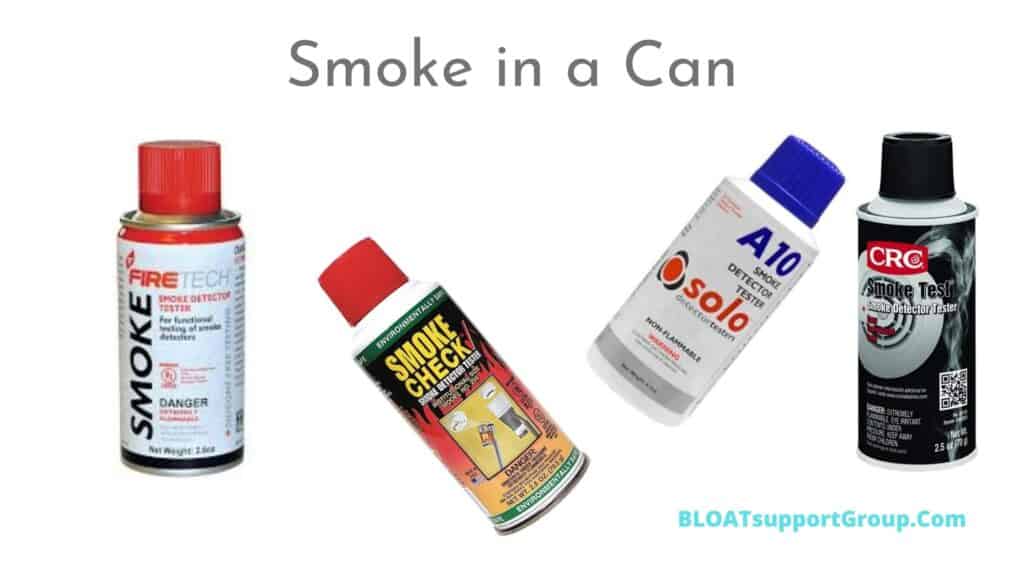Wondering How to Test Your Smoke Detector Today?
Last updated on July 23rd, 2021 at 04:47 am
Smoke signals send an alarming message; that there’s fire around. When this happens during the day, you can smell it and do something.
But when it happens at night, the fire steals oxygen and produces the silent-killing carbon monoxide. Fortunately, technological advancement has led to the production of affordable smoke detectors.
The detectors are essential fire protection equipment. They’ve saved uncountable lives by providing early fire warning. In spite of this, the secret lies in how well you maintain them.
You’re probably aware of the fundamental smoke detector maintenance practices.
These include replacing the alarms after every ten years and checking the battery’s functionality in every month. However, it is worth noting that both commercial and residential facilities need additional requirements.
In the meantime, statics will help to explain why this is so. Read along!
Contents
What Do Statistics Say?
According to statistics, more people die from house fires than all the natural disasters combined. Fifty-three house-fire deaths per every 100 fires homes are reported to occur in homes that didn’t have working smoke alarms.
Out of these fifty-three deaths, 17% occurred in houses that had non-functional smoke alarms.
Simply put; having a non-functional smoke detector is worse than not having a detector. It gives a false sense of security, and this can be fatal.
So how can you be sure that your smoke detector is working correctly?
Here’s where smoke in a can comes in!
So, what is Canned Smoke?
Smoke in a can is simulated smoke. It is a sprayable aerosol that imitates the properties of real smoke. By design, the canned smoke can activate ionization, beam, and photoelectric smoke detectors just like real smoke.

It is, therefore, the best solution for large facilities and homes where testing the functionality of smoke detectors is required.
How Safe is the Canned Smoke?
They do not have a notable odor, making them suitable for hospital use. They’re also safe and convenient. The smoke-in-a-can are designed to extend the users’ reach to up to 6-feet.
They’re widely appreciated because they do not produce staining residue. Be sure that they’ll not discolor or contaminate your ceiling.
Additionally, the spray does not give harmful residues like the class II or class I ozone-depleting chemicals. The smoke in a can comes packed in safe containers. This convenient aerosol packaging eases the testing process.
When choosing canned smoke for your requirements, it’s always advisable to consider the flammability impact of the spray.
How to Use
Smoke detectors are often mounted on ceilings. Therefore, it becomes difficult and risky to climb a ladder and test every smoke detector in buildings.
In such cases, you can use poles designed with dispenser heads to spray the canned smoke without climbing. This method offers flexibility and gives on-site convenience.
If you have a reachable ceiling, you can hand-hold the aerosol and spray it on your smoke detector.
NOTE: Before testing a centrally-monitored smoke detector, be sure to notify the monitoring company prior.
When to use the Tester?
The recommendable protocol to use the can tester is quarterly inspection (at least four times a year). Before testing, replace the smoke detector’s batteries first.
Inspect the gadget, dust it off, and then test it using the smoke in a can. Areas with a high concentration of airborne particles should carry out the maintenance and testing practices more frequently.
Who uses the Detector Tester?
Every building, whether commercial or residential, needs a smoke detector. Better still, every structure should have several smoke alarms installed in key places.
With this in mind, it is obvious that all properties will also need a smoke tester. Large organizations should buy the spray in wholesale to ensure that there’s a backup in the store.
The following facilities and people need the smoke detector testers:
- Fire Departments
- HVAC electricians, technicians, and plumbers
- Marinas
- Shipping Companies
- Airports
- Distribution Companies
- Manufacturers
- Public Facilities
- Property Management landlords and companies
- Restaurants
Conclusion
The much work that a detector’s test button can do is to check whether the device has sufficient power. Therefore, this means that battery and other power-source tests aren’t sufficient to guarantee safety in a property.
That is why facilities and homes should consider these aerosol smoke checkers. The smoke in a can is cost-effective and value-worth. It is also simple and fun to use.

